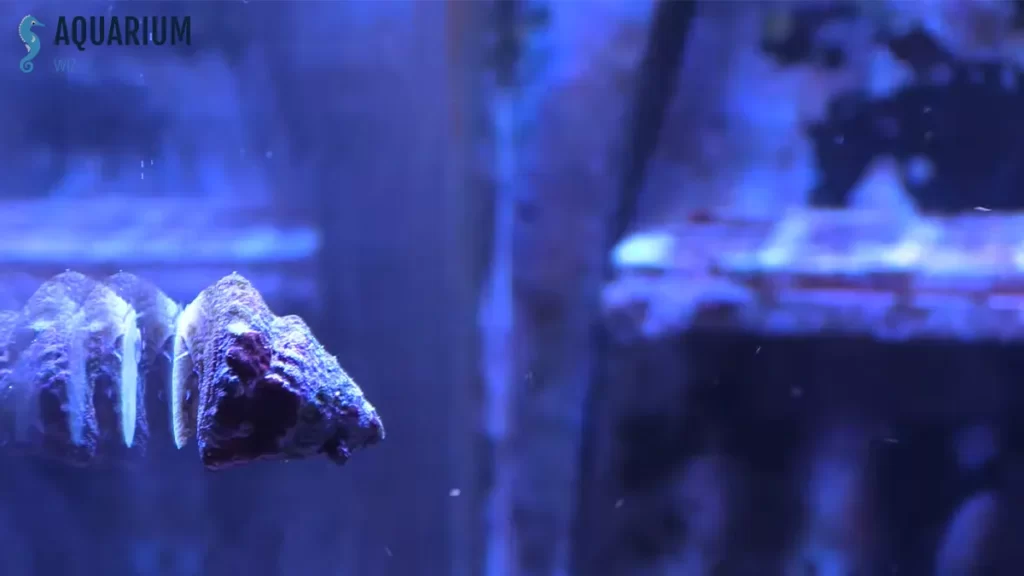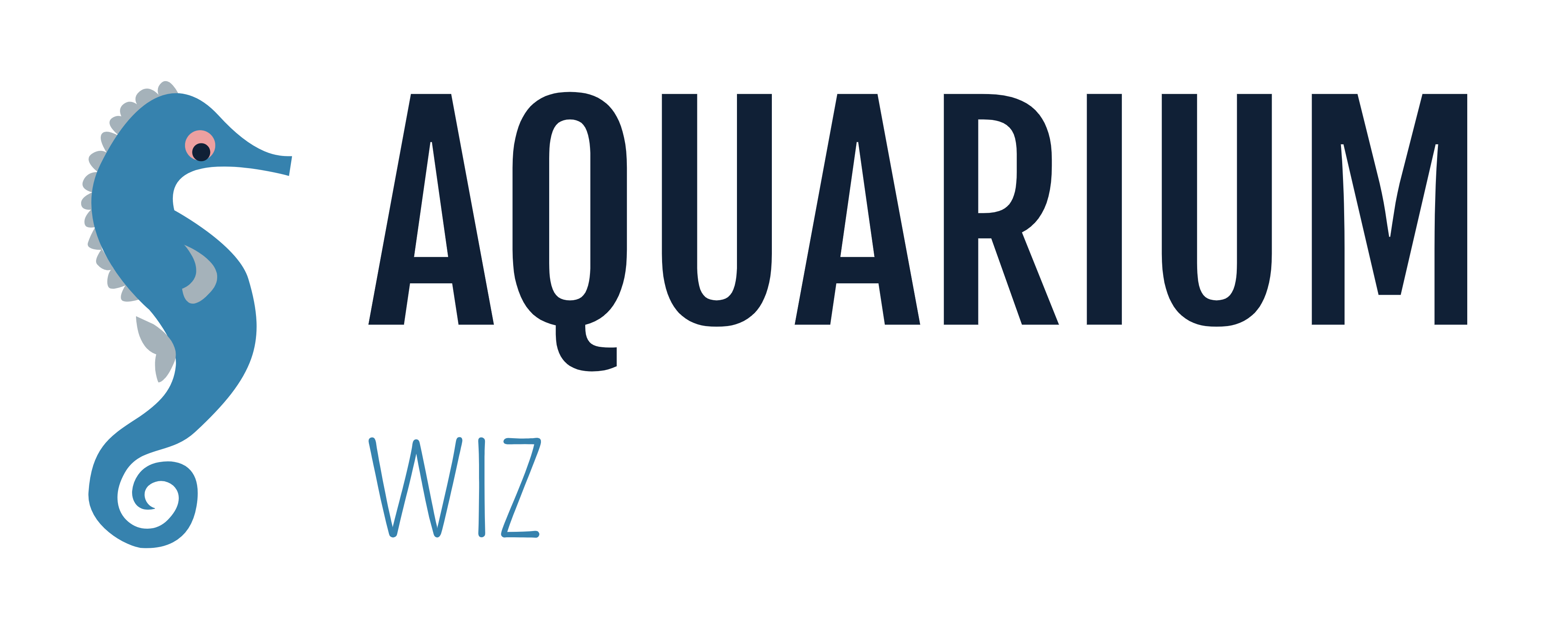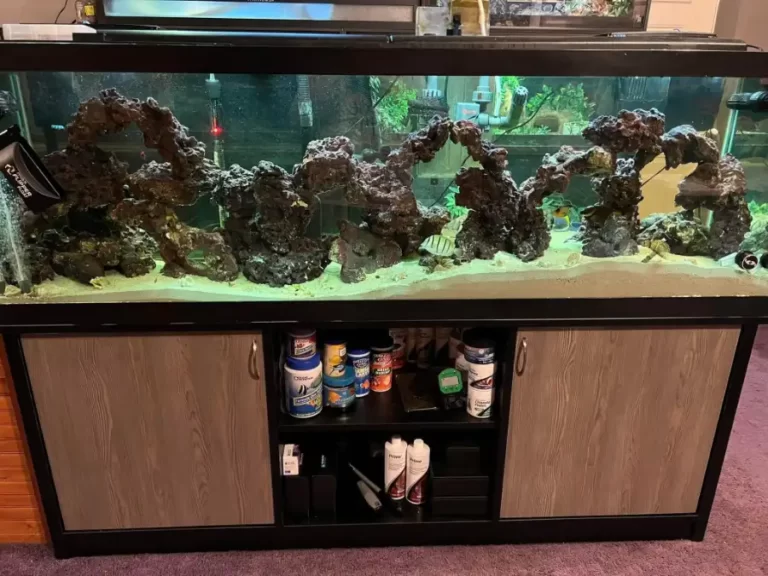Red Coralline Algae Care: Characteristics and Habitat
Red Coralline Quick Facts
Red coralline algae are a type of red algae that belong to the order Corallinales. Here are some quick facts about these fascinating organisms:
- Appearance: Red coralline algae are typically pink or reddish in color, but can also appear purple, yellow, blue, white, or greenish. They have a hard, calcareous thallus (body) that can take on a variety of shapes, from crustose (flat and encrusting) to articulated (branching and jointed).
- Habitat: Red coralline algae are found in most marine habitats, from the intertidal zone to depths of up to 500 feet (152 m). They are often found growing on rocks, shells, and other hard surfaces, and can form extensive beds in some areas.
- Ecological Role: Red coralline algae play an important role in marine ecosystems. They provide habitat and food for a variety of invertebrates, including snails, crabs, and sea urchins. They also help to stabilize sediments and prevent erosion.
- Growth Rate: Red coralline algae grow relatively slowly, at a rate of about 1 mm per year. However, they can live for decades or even centuries, and their growth patterns can provide valuable information about past environmental conditions.
- Uses: Red coralline algae have a number of practical uses. They are sometimes used as a natural source of calcium for human and animal nutrition, and are also being investigated for their potential as a source of bioactive compounds with pharmaceutical applications. In addition, their beautiful colors and patterns make them a popular choice for aquarium enthusiasts.
Overall, red coralline algae are an important and fascinating group of organisms that play a vital role in marine ecosystems.

Habitat and Ecology
Role in Ecosystem
Red coralline algae are important members of marine ecosystems, playing a crucial role in the formation and maintenance of coral reefs. They contribute significantly to the carbonate reef structure, provide nursery habitats for juvenile invertebrates, and act as settlement cues for coral larvae and a host of molluscan invertebrates .
Coralline algae also help to stabilize and develop reef structures, providing a substrate for other organisms to grow on and creating a complex three-dimensional habitat that supports a diverse array of marine life. Additionally, they play a role in nutrient cycling and primary production in coral reef ecosystems.
Adaptations
Red coralline algae have evolved a number of adaptations that allow them to thrive in their marine habitats. One of the most important of these is their ability to secrete calcium carbonate, which forms the skeleton that gives them their characteristic red color and provides the substrate for other organisms to grow on.
Coralline algae are also adapted to life in the intertidal zone, where they are exposed to a range of environmental stresses such as desiccation, temperature fluctuations, and wave action. To cope with these challenges, they have developed a number of physiological and morphological adaptations, such as thickened cell walls, the ability to photosynthesize in low light conditions, and the ability to withstand high levels of osmotic stress.
Life Cycle of Red Coralline Algae
Red coralline algae have a complex life cycle that involves three different stages of independent organisms to complete their life cycle. The elucidation of this life cycle has been very important for the billion-dollar nori industry of Japan. The red alga Porphyra, which is dried to make nori, is one of the most commonly cultivated species.
The life cycle of red coralline algae begins with the release of haploid spores from the parent plant. These spores then settle on a suitable substrate, where they germinate and grow into a filamentous structure called the gametophyte. The gametophyte produces male and female gametes, which are released into the water.
Fertilization occurs when the male gamete fuses with the female gamete, resulting in the formation of a diploid zygote. The zygote then grows into a new structure called the sporophyte, which is the mature form of the red coralline algae. The sporophyte produces haploid spores that are released into the water, completing the life cycle.
The life cycle of red coralline algae is influenced by a variety of environmental factors, including temperature, light, and nutrient availability. For example, the production of spores is triggered by changes in light intensity and temperature, while the growth of the gametophyte is influenced by nutrient availability.
Reproduction Methods
Red coralline algae reproduce both sexually and asexually. The reproductive structures of coralline algae are called conceptacles, which are small cavities in the thallus that contain the reproductive cells.
Sexual Reproduction
Sexual reproduction in coralline algae involves the fusion of male and female gametes. The male gametes are called spermatia and are produced in spermatangia, while the female gametes are called carpogonia and are produced in carpogonia-containing conceptacles. When the spermatia come into contact with the carpogonia, they fertilize them, leading to the formation of diploid zygotes. The zygotes then develop into carposporophytes, which produce carpospores. The carpospores are released from the conceptacles and grow into new thalli.
Asexual Reproduction
Coralline algae can also reproduce asexually through vegetative propagation. Fragmentation is the most common form of asexual reproduction in coralline algae. It occurs when a piece of the thallus breaks off and grows into a new thallus.
Another form of asexual reproduction in coralline algae is called gemmae formation. Gemmae are small, asexual reproductive structures that are produced in gemma cups. The gemmae are released from the cups and grow into new thalli.
Threats and Conservation
Red coralline algae are facing various threats that endanger their existence. These threats include:
- Ocean acidification: The increase in carbon dioxide levels in the ocean leads to a decrease in pH, making the water more acidic. This change in pH can affect the ability of red coralline algae to form their calcified structures, which are essential for their survival.
- Overfishing: Overfishing can lead to the destruction of the habitats where red coralline algae grow. This can have a significant impact on the populations of red coralline algae, as well as the animals that rely on them for food and shelter.
- Pollution: Pollution can harm red coralline algae by reducing the amount of light that reaches them, as well as contaminating the water with harmful chemicals.
- Climate change: Changes in temperature and ocean currents can affect the distribution and growth of red coralline algae. This can lead to changes in the communities of organisms that depend on them.
Conservation efforts are being made to protect red coralline algae and their habitats. Some of these efforts include:
- Marine protected areas: Establishing marine protected areas can help to protect the habitats where red coralline algae grow. These areas can also provide a safe haven for the animals that depend on them.
- Restoration: Efforts are being made to restore damaged habitats where red coralline algae grow. This can involve planting new algae or creating artificial structures to provide a suitable environment for their growth.
- Education: Educating people about the importance of red coralline algae and the threats they face can help to raise awareness and promote conservation efforts.
Overall, it is important to protect red coralline algae and their habitats to ensure their survival and the survival of the animals that rely on them.






